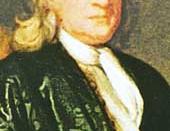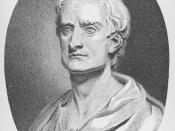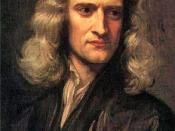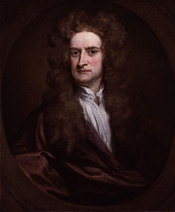Tori Greenslate 02.28.01 Sencond Period I. Acceleration = Increase of speed.
II. Velocity = Distance divided by time with direction.
III. Speed = distance divided by time with no direction.
IV. Mechanical Advantage = The property where force is multiplied to make work more easy to do.
V. Efficiency = The relationship between work output and work input.
VI. Rolling friction = as an object rolls it slows due to the contact with the opposing surface.
VII. Sliding friction = as an object slides it slows due to contacting with the opposing surface.
VIII. Fluid friction = The friction made when moving through fluid or gases.
IX. Incline plane = A tilted surface which allows loads to be lifted in small increments.
X. Wedge = An incline plane used to split wood or to fit into crevasses.
XI. Wheel & Axis = a simple machine that is a circle rotating around a point.
XII. Rope & Pulley = A simple machine that is used to lift loads or move cars.
XIII. Newton = The metric unit of force.
XIV. Joule = The metric unit of work.
XV. Work = Force times distance.
XVI. Power = The amount of work done in a amount of time.
XVII. Kilogram = the metric unit of weight or mass.
XVIII. Meter = A metric unit of distance measurement.
XIX. Liter = A metric measurement of liquid.
XX. Momentum = Mass times velocity.
XXI. Inertia = The tendency of an object to continue moving or stay @ rest.
XXII. Centripetal force = The force which keeps you pulled toward the center during a turn.
XXIII. Centrifugal force = The inertial force which throws you to the outside during a turn.
XXIV. Center of gravity = the point @ which all the mass of an object can be considered to be @.
XXV. Gravity = The attractive force between to objects with mass.
XXVI. Newton's 1st law = The idea that an object @ rest will stay @ rest unless moved XXVII. Newton's 2nd law = Mass times acceleration.
XXVIII. Newton's 3rd law = For every action there is n equal and opposite reaction.
XXIX. Watt = The metric unit of power.
XXX. Terminal velocity = Velocity @ which objects cannot go beyond due to liquid friction.
XXXI. Rube Gold Machine = An overly complex device for a simple task.
XXXII. Sir Isaac Newton = A British scientist who developed the fields of physics and light.
XXXIII. Bernoulli = A Swiss scientist who developed theorys of physics of flight.
XXXIV. Gravitation Acceleration Equation = 2d/t2= G.
XXXV. Seconds = The metric measurement of time.
XXXVI. Physics = The study of how things move.
XXXVII. Motion = The movement of from one position to another.
XXXVIII. Distance = The length from one point to another.
XXXIX. Deceleration = The slowing or reduction your velocity.





